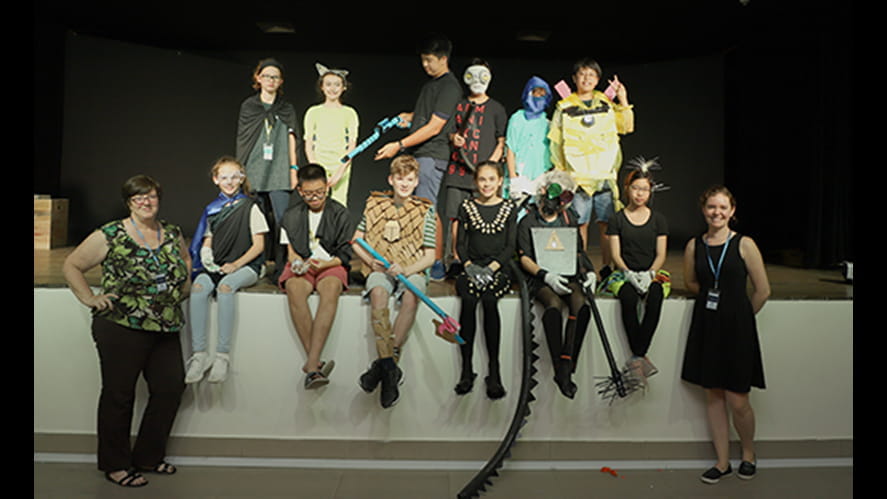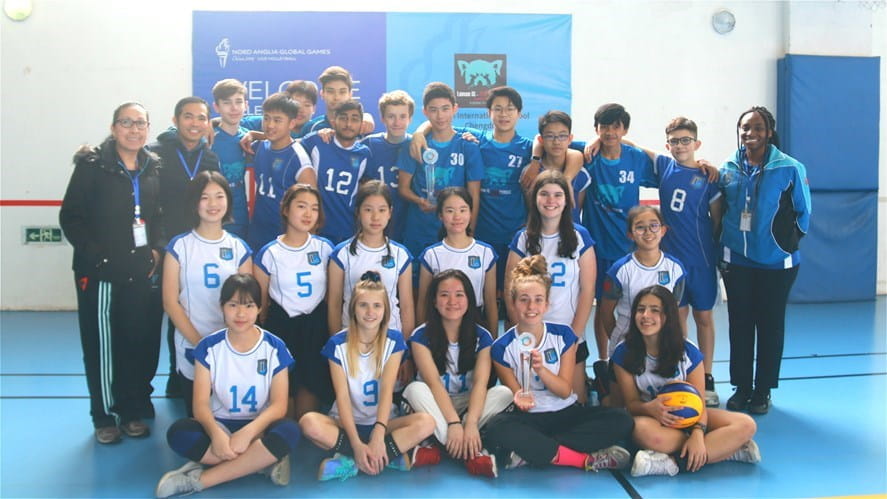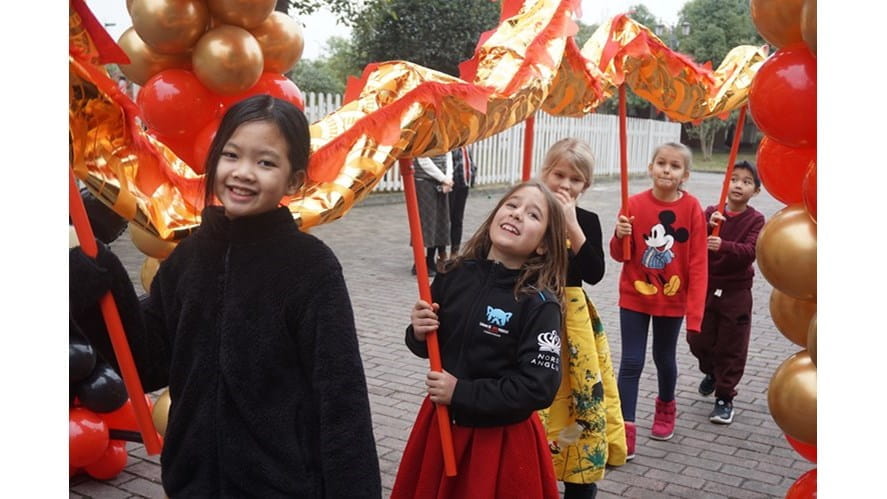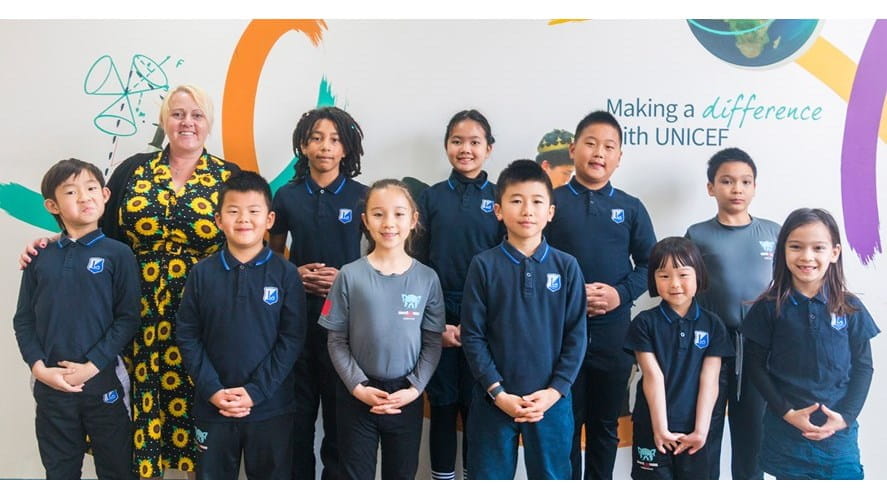RoboSnail and furry wetsuit inventor wants students to look to the animal world for engineering inspiration
MIT’s Professor Anette Peko Hosoi is challenging our students to explore the unique qualities animals possess and how it can enhance human ability or solve human problems in the Super Natural MIT Challenge.
MIT’s Professor Anette Peko Hosoi is challenging our students to explore the unique qualities animals possess and how it can enhance human ability or solve human problems in the Super Natural MIT Challenge.
They can fly through the air, move at tremendous speeds, climb up walls and spin webs – these are superpowers possessed by superheroes in comic books and movies that originated from animals. These abilities that animals have are biological solutions that give them an evolutionary advantage.
Professor Anette ‘Peko’ Hosoi seems to have an interesting connection with animals. She has been looking at various creatures to see how they can help solve human problems.
“When you look at natural systems, a lot of them have evolved very efficient ways to perform certain tasks,” said Professor Hosoi.
“If we want to do something similar it can often be useful to look at natural solutions.”
Soon after she begun at MIT’s Department of Engineering, her first student told her he was interested in snails. Two weeks later he devised and built RoboSnail, a robot that mimicks a snail’s movement and its ability to climb walls and ceilings.
Under Professor Hosoi’s guidance, the quirky student project made it into scientific literature and its practical applications have been hailed to help navigate through tricky territory better than other types of robots. It is hoped in the future that the robosnail might be able to perform rescue missions in dangerous locations of situations.
Professor Hosoi’s second incident with engineering and animals happened during a visit to a wetsuit manufacturing facility, who were looking for a solution to help athlete surfers remain warm yet agile, as current options were bulky and impeded mobility.
Professor Hosoi got together with a graduate student called Alice, who had done some research into how semiaquatic mammals like beavers, otters and fur seals stay warm while maintaining their agility. Their fur traps air between the hairs which insulate these creatures keeping them warm without the need for a thick layer of blubber.
Alice created a silicone model of beaver fur. She tested different fur lengths and densities and immersed the samples in water to study which one trapped the most air and would therefore keep the wearer warm yet mobile. Through this
Professor Hosoi and her student learned about the beaver’s special ability or superpower and developed a material that could lead to the creation of a bio-inspired athletic wetsuit.
“As engineers we need to understand the physical mechanisms behind the biological solution and then adapt those mechanisms into engineering design.”
Now, Professor Anette ‘Peko’ Hosoi is handing the baton over to our students. The objective of the Super Natural MIT Challenge is for Nord Anglia Education students to closely observe the natural world, understand the physics behind an animal’s adaptation and then apply that knowledge to engineering design.
Students will discover the diversity of superhero-like powers possessed by animals and will be introduced to MIT researchers whose science and engineering work is inspired by animals. The challenge will culminate with students conducting their own bio-inspired project in a superhero context.
The challenges devised by MIT are interdisciplinary learning activities. The Super Natural challenge covers teaching of subjects including arts, biology, design/design technology, engineering, environmental systems and societies, physical and health education and physics.








